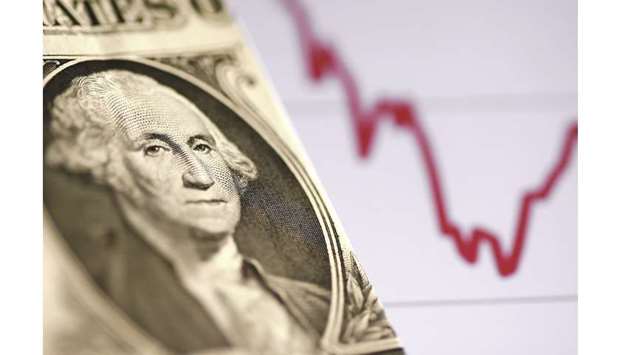The dollar’s three-week slump may turn into further weakness through early next year, as potential progress on US-China trade talks and Brexit along with softer domestic economic data undermine the currency’s haven status, said Scotiabank’s Shaun Osborne.
The Bloomberg Dollar Spot Index is down about 2% from a two-year high reached on October 1, amid its longest weekly losing streak since January. It touched the lowest since July on Friday as Federal Reserve vice chairman Richard Clarida left the door open to a third straight rate cut later this month, saying the central bank will “act as appropriate” to sustain the expansion amid “evident” risks.
The greenback’s biggest losses in October have come against the pound, as UK and European Union negotiators reached a Brexit deal. This month also brought a potential breakthrough in trade talks between the US and China, though US President Donald Trump said an agreement probably won’t be signed until he meets his Chinese counterpart Xi Jinping in November.
“One of the things that kept the US dollar supported broadly over the past few months was the idea of uncertainty in Trump’s policies, which sent investors to US dollar-denominated assets like Treasuries and propped up the dollar,” Osborne, a currency strategist, said in an interview.
Progress on trade talks this month “took the edge off” the dollar, along with a string of US data that missed estimates, such as manufacturing and industrial production, he said. In addition, “investors are facing losing bets on more recently established long positions on the dollar or shorts on the euro and pound.” Page 5

A US dollar note is seen in front of a stock graph in a picture illustration (file). The Bloomberg Dollar Spot Index is down about 2% from a two-year high reached on October 1.
